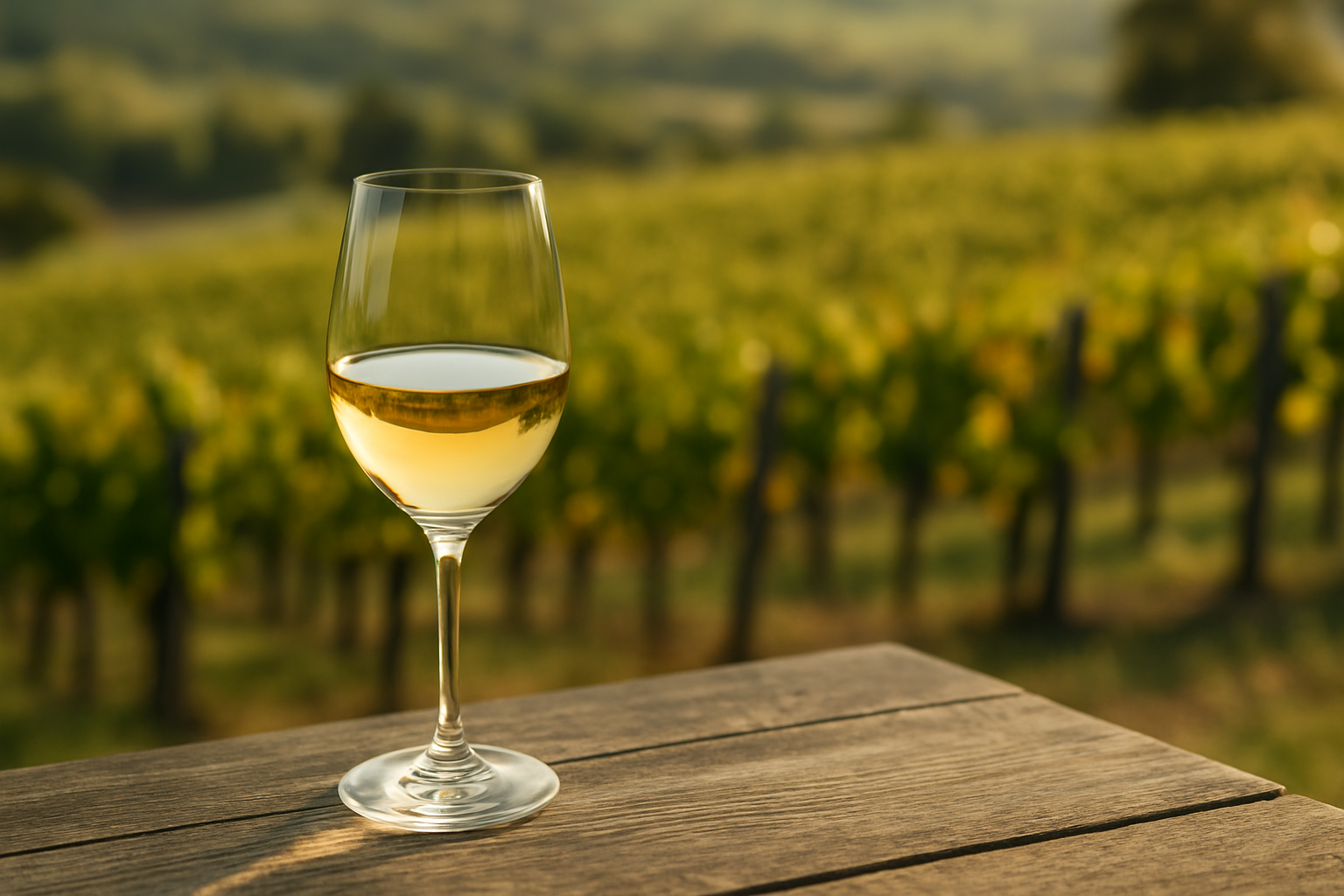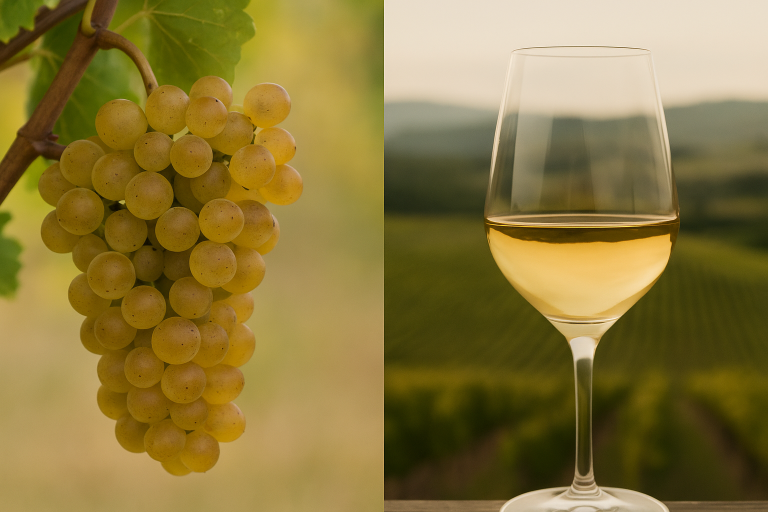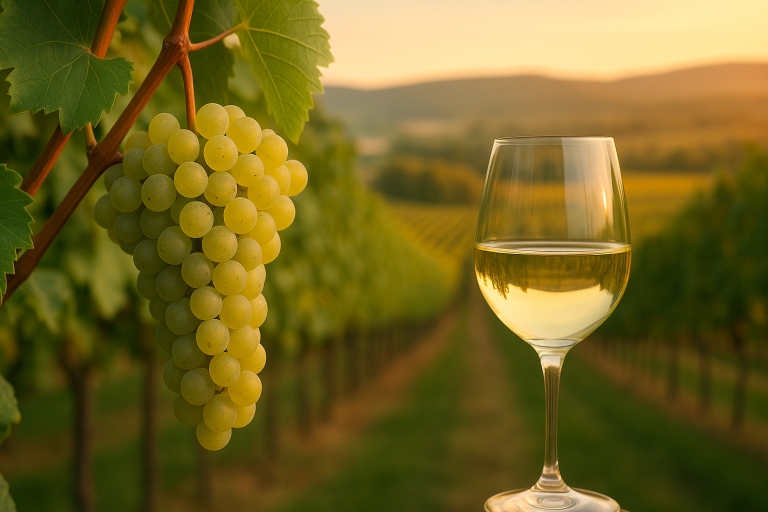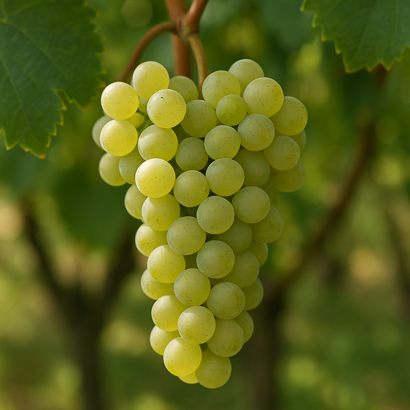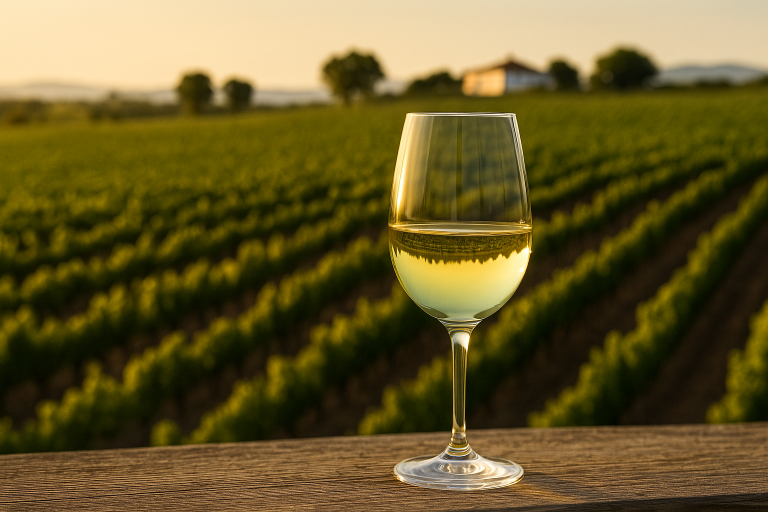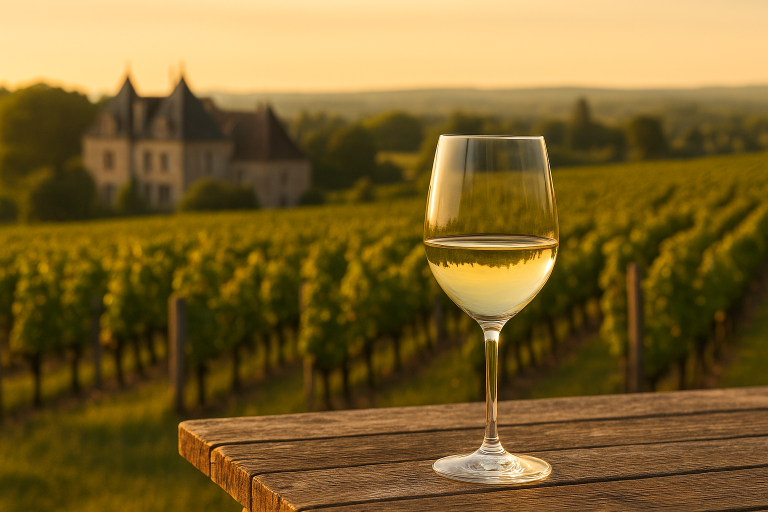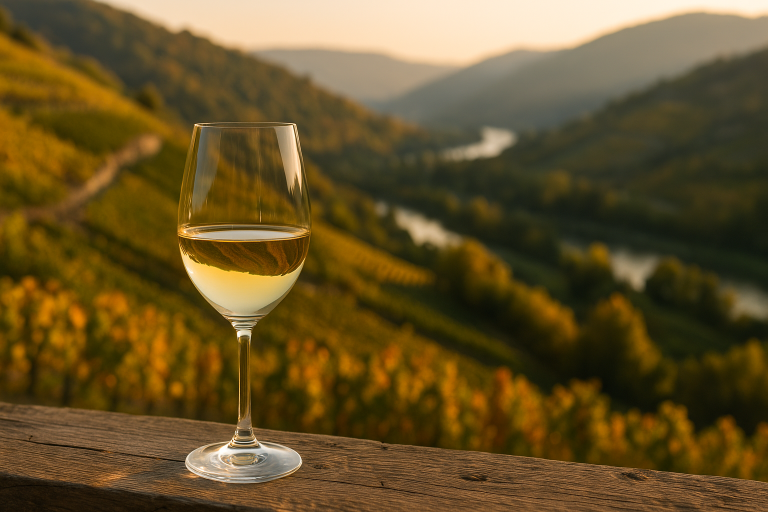Elegant, expressive, and endlessly versatile, Chardonnay is perhaps the most famous white wine in the world. From crisp and mineral-driven to rich and buttery, it’s a varietal that reflects not only its terroir but also the hand of the winemaker. Whether born in the cool hills of Burgundy or the sunny vineyards of California, Chardonnay continues to captivate drinkers with its remarkable diversity and charm.
A Brief History
Chardonnay’s story begins in Burgundy, France, where it has been cultivated for over a thousand years. The grape takes its name from the small village of Chardonnay in the Mâconnais region. Genetic studies reveal that it is the offspring of Pinot Noir and Gouais Blanc, an ancient and nearly extinct grape once grown by peasant farmers in medieval France.
In Burgundy, Chardonnay found its ideal home, thriving in the limestone-rich soils that give wines like Chablis, Meursault, and Puligny-Montrachet their distinct elegance. By the Middle Ages, it had become one of Europe’s most prized white grapes, favored by monks and merchants alike.
Chardonnay’s global rise began in the 20th century, when it spread across continents — finding success in California, Australia, New Zealand, South Africa, and Chile. Its adaptability and responsiveness to winemaking techniques made it the ultimate “winemaker’s grape,” capable of expressing both place and style with equal grace.
Where It’s Grown
Chardonnay now grows in nearly every major wine-producing region on Earth, each bringing its own expression:
- France: Home to the most revered examples — Chablis (steely and mineral), Burgundy (complex and oaked), and Champagne, where Chardonnay contributes finesse and brightness to sparkling blends.
- United States: Especially in California, where regions like Napa Valley, Sonoma Coast, and Santa Barbara produce lush, tropical, and creamy styles.
- Australia: The cool regions of Yarra Valley and Adelaide Hills yield balanced, fruit-driven wines with crisp acidity.
- New Zealand & Chile: Fresh, vibrant versions with citrus, melon, and mineral tones.
Chardonnay’s adaptability allows it to thrive in both cool and warm climates, resulting in a wide spectrum of flavors.
Tasting Notes
Chardonnay ranges from light and crisp to full-bodied and opulent, depending on where and how it’s made.
- Cool-climate styles (like Chablis or coastal California) tend to show green apple, lemon, and flinty minerality, with bright acidity and a clean finish.
- Warm-climate styles (such as Napa or Australia) lean toward ripe tropical fruit — pineapple, mango, and pear — often complemented by vanilla, butter, and toast from oak aging and malolactic fermentation.
The palate can be creamy or crisp, round or lean — a testament to Chardonnay’s flexibility.
Food pairings are equally diverse: it complements seafood, roast chicken, pasta with cream sauce, or soft cheeses. Lighter styles pair beautifully with oysters and salads, while fuller-bodied versions shine alongside buttery dishes or grilled lobster.
The Essence of Chardonnay
Chardonnay is a wine of transformation — shaped as much by climate and soil as by human artistry. It’s the canvas upon which winemakers paint their vision, from the pure elegance of Chablis to the luxurious richness of Napa Valley.
In every glass, Chardonnay reflects a dialogue between nature and craft — a timeless expression of balance, beauty, and sophistication.

